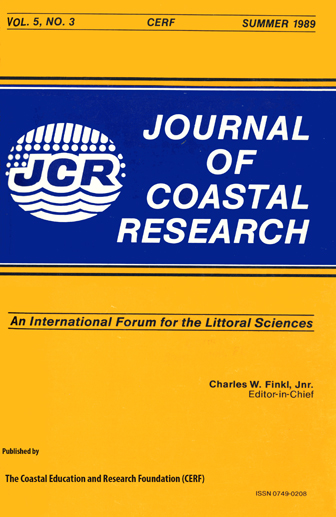A Preliminary Review of Water Quality Parameters and Recreational User Perceptions of Nearshore Water Quality
Keywords:
perception, water quality, water quality classification, environmental monitoring, environmental managementAbstract
The underlying principle which has guided all of this country's environmental monitoring efforts has been based on the scientist's view of the physical and bio-chemical health of the natural environment. It is the tenant of this paper that substantial discrepancies exist between the quality of the nearshore defined scientifically and the quality of the water as viewed (perceived) by the many users of that environment. Furthermore, it is hypothesized that these perceptions influence the way the resource is being used and managed to a much greater extent than the specific scientific parameters defining the quality of the water. Although perceptions (and thus users' decisions) are influenced by a host of factors, including 'expert opinion' as reported by public interest groups, news media, policy makers, past experience and education of the user etc., this paper is concerned primarily with the effect in which the physical environment has on the user's perception of that environment. Discrepancies between scientifically defined water quality and the manner in which the quality of the water is perceived by the users present both opportunities and obligations for the coastal and nearshore manager and policy maker. Shore and nearshore areas, which from a scientific point of view are classified as marginal, may be useful for some recreational activities. It is suggested that additional non-scientific water quality parameters be included in future water quality surveillance efforts which are meaningful to both existing and new users of that environment.


